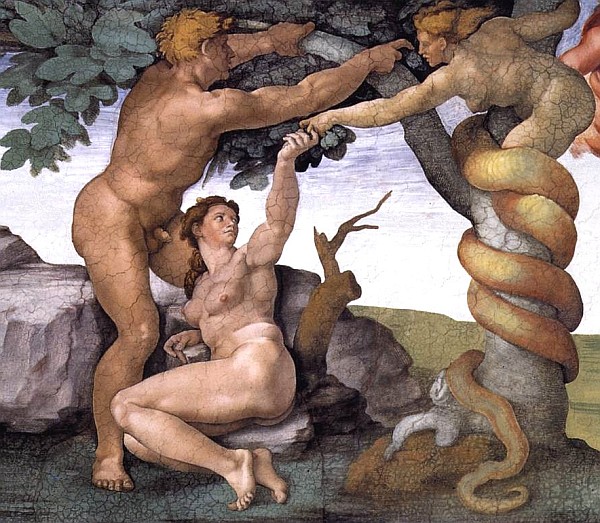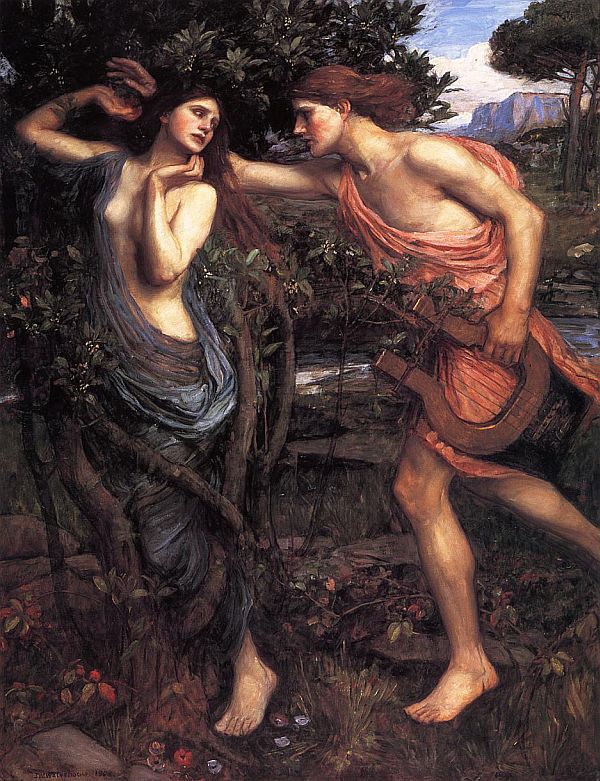Axis Mundi
Three Trees
It is a fact: Humans erect the Cities and the Cities should raise the Humankind in return.
The figures to support this fact are numerous, but the city-symbols hold sovereign position in the personal list of figures because of their unique ability to offer understanding about its creators - the humans themselves. It seems that the older the city is - the more universal its symbols are. So, the city as old as the mankind should inhold symbols bound to our collective unconscious - the archetypes.
It seems fairly reasonable in the city called “Caput Mundi” (the world’s capital e.g. Rome) which holds the “Umbilicus Urbis” (the naval of the urban life e.g. the Roman Forum) to search for the “Axis Mundi” (the world’s axis e.g. the tree of life).
The Tree is an archetypical symbol and as such it is widely used in all domains of life, from science to religion, from arts to culture. So, the task to cover the tree as a symbol seems arduous to the extent of suffering. Therefore I narrowed the selection, excluding the tree as a scheme of concrete and tangible concepts, and concentrated on the three trees which are a symbol of abstract, ethereal concepts, as well as inspiration of artistic masterpieces.
Tree of Knowledge
The process of selecting cardinal symbol, was mediated through the selection of personal symbols.
Personal symbols are the following cues: University of Sapienza (as a school of choice), Homo Sapiens (as an interest), Human Sapience (as a study of choice).
Therefore, personal symbols should yield the following clues: Masterpiece by an Italian Master, mastering his knowledge of art through the subject of knowledge itself.
The Masterpiece is known as Sistine Chapel in Rome, the Italian Master is better known as Michelangelo Bunarroti, and the subject is “The Tree of Knowledge”. Origin of this story is old as the time itself, so I would skip the introduction and stick to my personal interpretation given in one sentence only:

Ignorance is bliss
Source: Wikimedia
Tree of Forgiveness
Moving away from the Leader to his Followers, one has to follow the line of Pre-Raphaelites, so the following passages will describe their work on the given topic.
"The Tree of Forgiveness" by Edward Burne-Jones, borrows the story from Greek mithology of young Phyllis who married Demophon, king of Athens. They loved each other, but were separated and the weight of the physical distance took its toll in one story with twists and turns that eventually concludes with happy resolution.
So where does the part with the tree comes in this story? One has to read it in order to reveal it, but my interpretation is yet again simple:

The tree-symbol is a powerful portrayal of the pain-potential. Sweet suffering for someone, somewhere, far away.
Yearning, so alive – it numbs one out. Yearning, so in bloom – it drains one out. One is left to vegetate. Just like a tree.
Source: Wikimedia
Tree of Seclusion
Yet another representative of Pre-Raphaelite movement (John William Waterhouse), inspired by yet another Greek myth (Apollo and Daphne). This myth is a motif in so many art-works:
- His marble equivalent (sculpted by Gian Lorenzo Bernini) is believed to be finest artistry of dynamic sculptures as compared to its predecessors (the ‘Rape of Sabine Women’ and ‘Rape of Prosepina’).
- Some believe, that “The Kiss” (by Gustav Klimt) is a more modern equivalent of the Greek myth.
As for the interpretation of the story, I would be very courageous and suggest a very curious ending:

As much as it can serve as metaphor for evasion and seclusion, the tree can equally represent a metaphor for happy conclusion. Indeed, there seldom has been greater metaphor for bonding then the image of branches and ruts intertwined, interlaced, intermingled, interconnected...Caught one into other in endless interaction.
Source: Wikimedia

